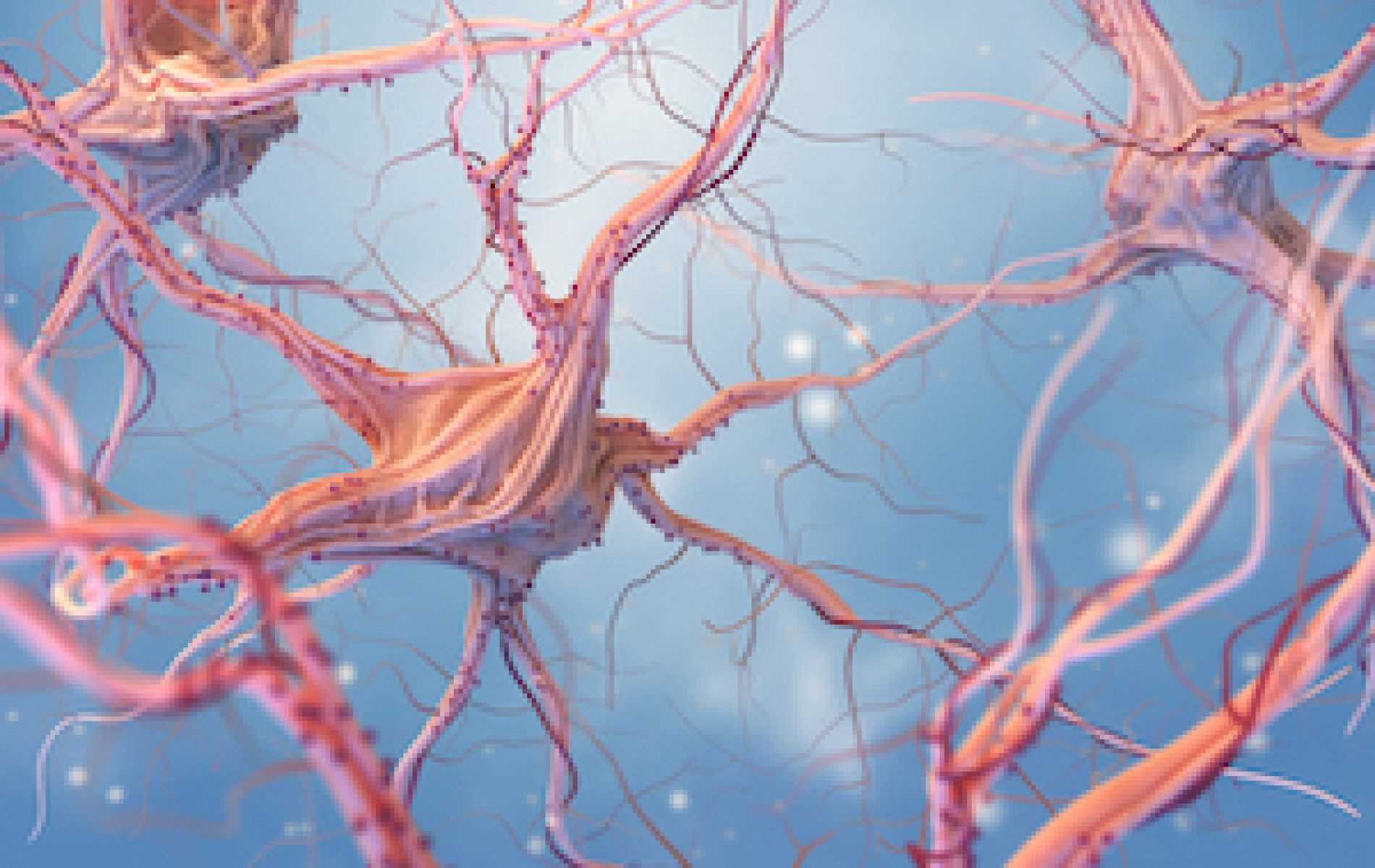qEEG Testing 101: What Is It and How Does It Work?
Do you have concerns about your brain functions such as memory, attention, sleep, or anxiety? Do you know someone with a brain condition? Chances are that you answered Yes to one or both questions.
Though brain-related conditions are widespread, most of them are treatable. New diagnostic modalities, including qEEG, provide healthcare professionals with needed information for effective treatment interventions. You may not be familiar with qEEG, but this technique was first developed more than 70 years.
Let’s take a closer look at our brain and how modern medicine is improving lives.
How the Brain Works
Many people do not realize that our brain is powered by electrical processes. In healthy brains, electrical impulses account for every single brain function, from blinking an eye or solving complex puzzles. Problems result when interruptions occur in the movement of the electrical impulses. When parts of the brain are overactive or underactive, or if the neurons do not fire in harmony, a wide variety of neurological condition will ensue. Changes in the level of brain wave oscillation can result from many different causes such as:
- Stressful environment
- Medications
- Recreational drugs
- Strokes
- Alzheimer’s Disease
- Seizure disorders
- Fetal alcohol syndrome
- Decreased oxygen to the brain
- Too much or too little thyroid
- Vitamin deficiency
- Anemia
- Genes you inherit from your parents
What Is a Standard EEG?
A standard EEG measures the brain wave pattern and looks for interruptions or abnormal movement of electrical impulses in the brain. During the test, the EEG technician records your brain’s bursts of electrical activity. They also provide different stimulus, such as shining a light, and measure corresponding electrical activity in the brain.
EEGs assist in diagnosing conditions such as epilepsy, sleep disorders, and finding the causes for confusion or coma.
How Is qEEG Testing Different?
A quantitative electroencephalogram or qEEG also looks at these electrical activities in multiple parts of the brain. qEEGs are also called “Brain Mapping” or topographic EEG. This test allows healthcare providers to make interpretations about what is happening in the brain and to look for areas in the brain that show too little or too much activity.
The qEEG adds the use of modern computers and statistical analysis to the standard EEG and helps with the diagnosis and treatment of ADHD, anxiety, depression, OCD, and insomnia. The FDA has currently approved six qEEG systems for clinical use by qualified healthcare providers.
How Is the qEEG Test Performed?
This is a non-invasive test. You sit in a comfortable chair during the procedure. A sensor cap is placed on your head that captures the pattern of electrical activity throughout your brain; it fits like a swim cap on your head and contains 19 EEG electrodes. There is no risk of any harm during this procedure; these sensors only listen (record) your brain’s electrical impulses; they do not emit any electrical activity on their own.
The brain’s electrical activity is measured on multiple places on the scalp, from above your eyebrows to the back of your head – once with your eyes open and once with your eyes closed. The multiple electrodes allow for the evaluation of many areas of the brain at the same time. The procedure lasts between 30 and 45 minutes including preparation time.
Once you finish with the test, your results are compared to a database containing brain maps of healthy, normal people of the same age. The information obtained by qEEG help your healthcare provider develop a targeted and effective plan of care for you.
Neurofeedback Treatment Using EEG
One method of treatment includes a form of biofeedback called neurofeedback. During neurofeedback, you are connected to an EEG that monitors your brain wave patterns. You watch a movie or TV show on a TV or computer monitor.
The machine monitors your brain waves while you watch the movie or TV show and will alter the image in response to your brain activity. The image may dim or flicker. Your brain is rewarded when the activity is within the normal range.
The theory behind all types of neurofeedback is to allow your brain to learn new patterns of electrical activity that is associated with being calm and focused; your brain “learns” to work in a way that will improve your day-to-day function.
Neurofeedback works for helping patients with a variety of conditions such as:
- ADD/ADHD
- Anger management
- Anxiety
- Chronic Fatigue Syndrome
- Chronic pain
- Depression
- Drug, Tobacco, and Alcohol Addictions
- Eating disorders
- Headaches and Migraines
- Learning Disorders
- Obsessive Compulsive Disorder (OCD)
- Oppositional Defiant Disorder (ODD)
- Pain management
- Seizure Disorders
- Sleep Disorders
- Stroke
- Traumatic Brain Injuries
There is a great deal of scientific evidence for the effectiveness of neurofeedback in improving your memory, attention, mood, sleep, and many other brain-related problems.
Improving these health problems can greatly increase your quality of life and day-to-day productivity.
What Questions Should You Ask Your Doctor About qEEG and Neurofeedback?
It is often helpful to write a list of questions down to take to your doctor’s appointment. Many people are not familiar with qEEG testing.
Here are some questions to get you started:
- Do I need to stop taking any of my routine medications?
- How long can I expect the test to take?
- What do I do If I am sick?
- What do I need to do to prepare for the test?
- Do I need to shampoo my hair before the test?
- Can I eat and drink after midnight before the test?
- Do hair products such as dyes or styling products affect the results?
Do not hesitate to ask your health care provider questions. The test results are more accurate when the patient is relaxed and properly prepared for the test.
Visit our page for more information on qEEG testing and neurofeedback.



